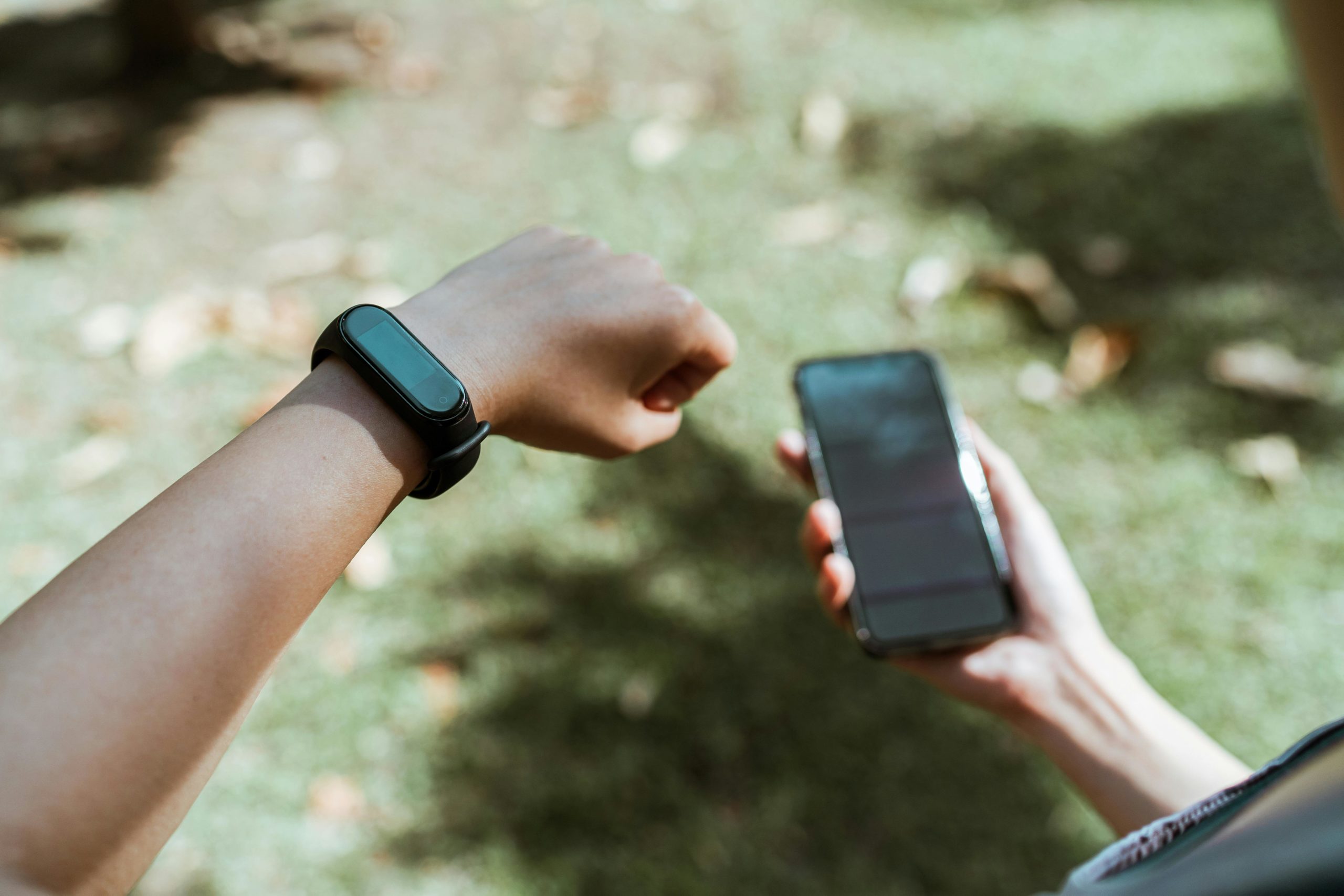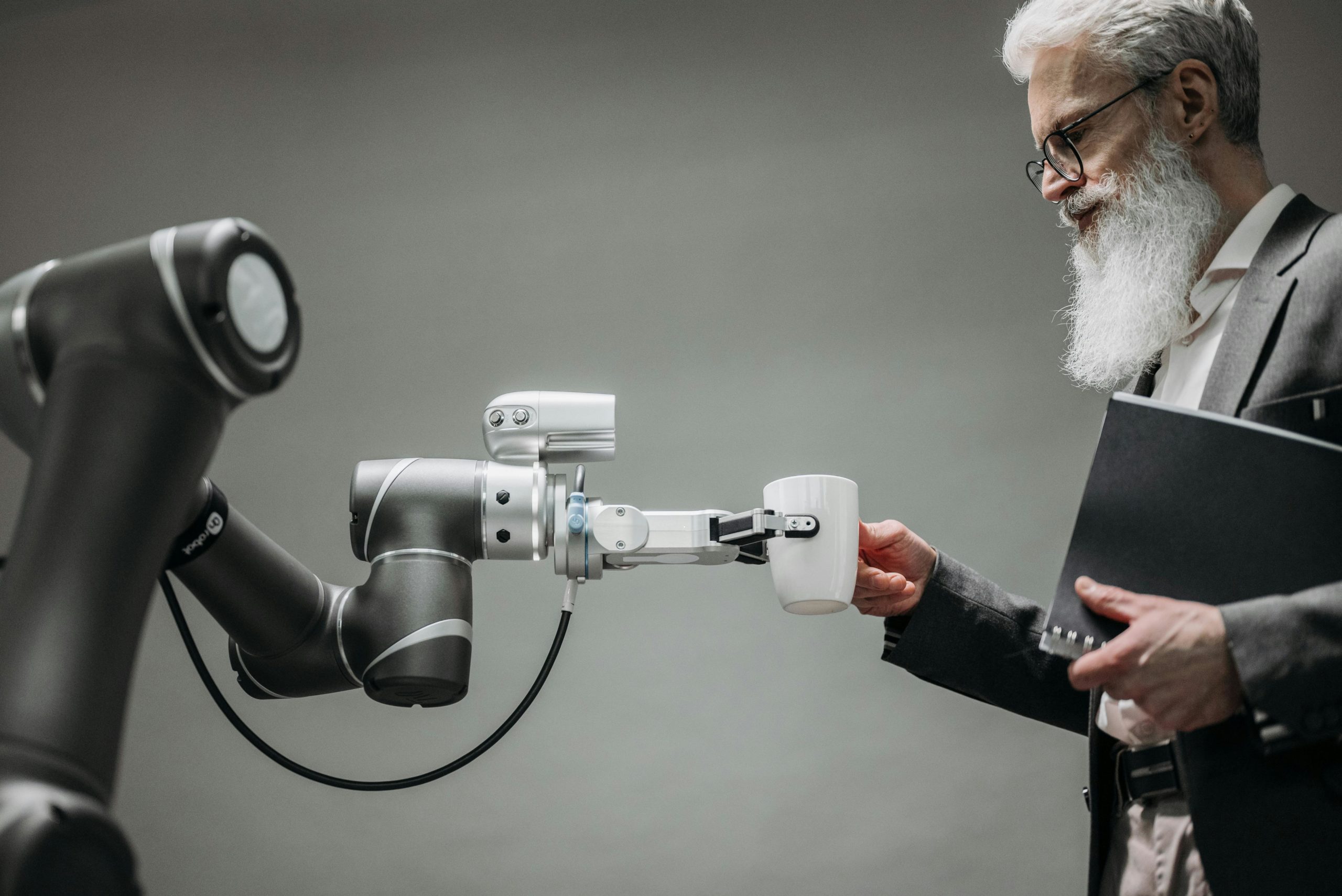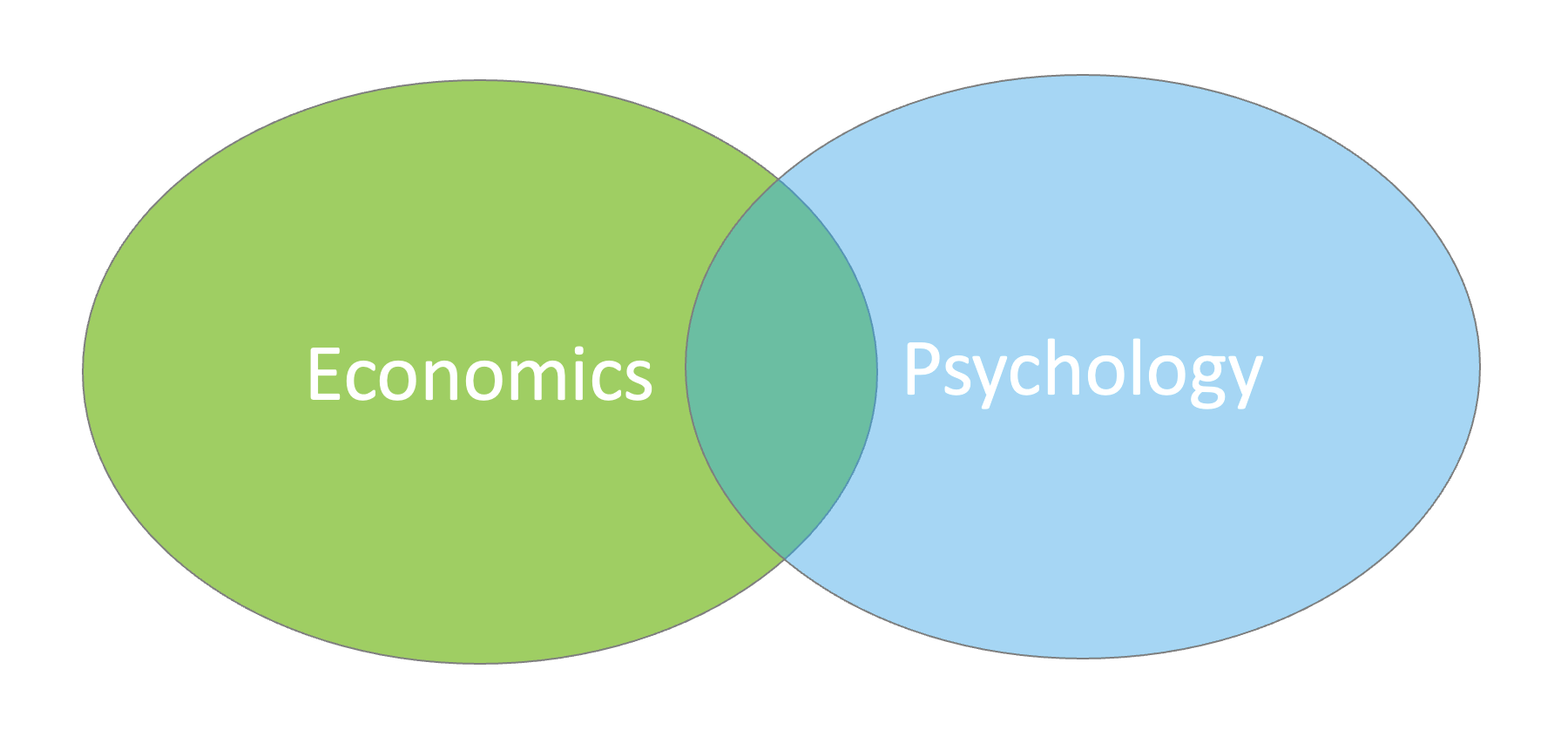Experience Design Across the Platform
Experience Design teams don’t just put a couple of nice new UI levels on top of applications. They design the application experience top to bottom for simplicity, mobility, and extensibility. Today, customers move across devices. Depending on the task that they need to do: a simple task that they can complete on their wearable or phone, a … Read more











